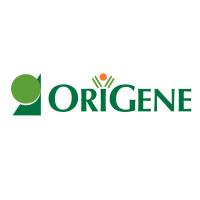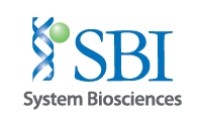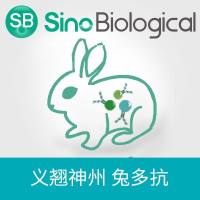Yeast shuttle vectors are common tools in molecular and cellular studies of Saccharomyces cerevisiae , including studies of gene structure-function relationships, DNA repair, and recombination (1 ). Shuttle vectors are manipulated easily in vitro, introduced into Escherichia coli , from which large quantities of pure plasmid DNA can be prepared, and then “shuttled” to a yeast host cell for analysis. The three essential features of yeast shuttle vectors are sequences that allow replication and selection in E. coli (an origin of replication and an antibiotic resistance marker), and a yeast selectable marker (usually a gene encoding an enzyme in metabolic pathway, such as URA3 or HIS3 ; 2 ,3 ). Other elements may be added to confer properties required for particular applications (4 ). Plasmids may exist in yeast as freely replicating circular molecules (episomes) of one of three types. Derivatives with an autonomously replicating sequence (ARS) from the 2-�m circle (a natural yeast plasmid; 5 ) exist at high copy number (30–50/cell) and segregate to daughter cells with high efficiency. Plasmids with an ARS from a yeast chromosome have medium to high copy numbers, but they are rapidly lost because they segregate to daughter cells with low efficiency (6 ). Adding a yeast centromere (CEN) to an ARS plasmid reduces the copy number to 1–2/cell, and increases stability (loss rates about 1%/generation). Adding telomere sequences to an ARS/CEN plasmid creates a yeast artificial chromosome (YAC), which is a freely replicating, low copy number linear molecule (7 ).






